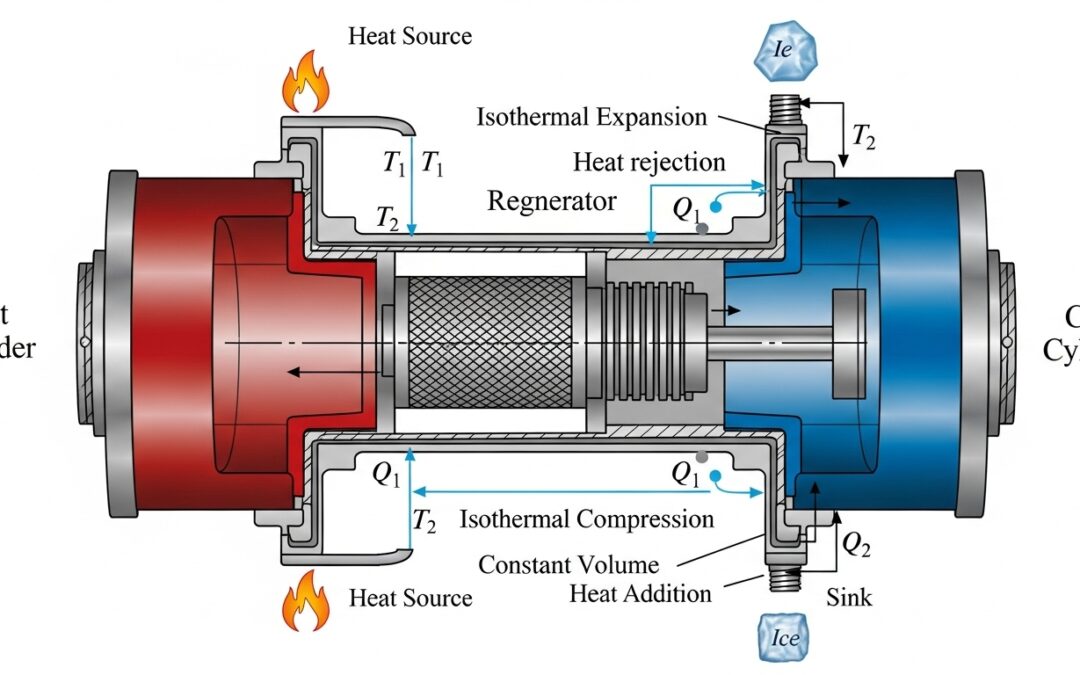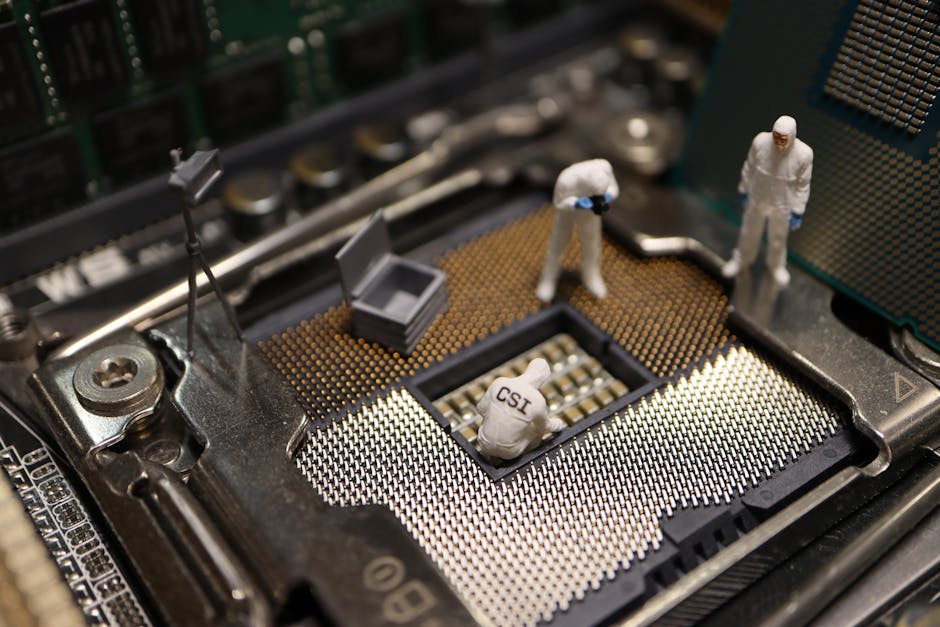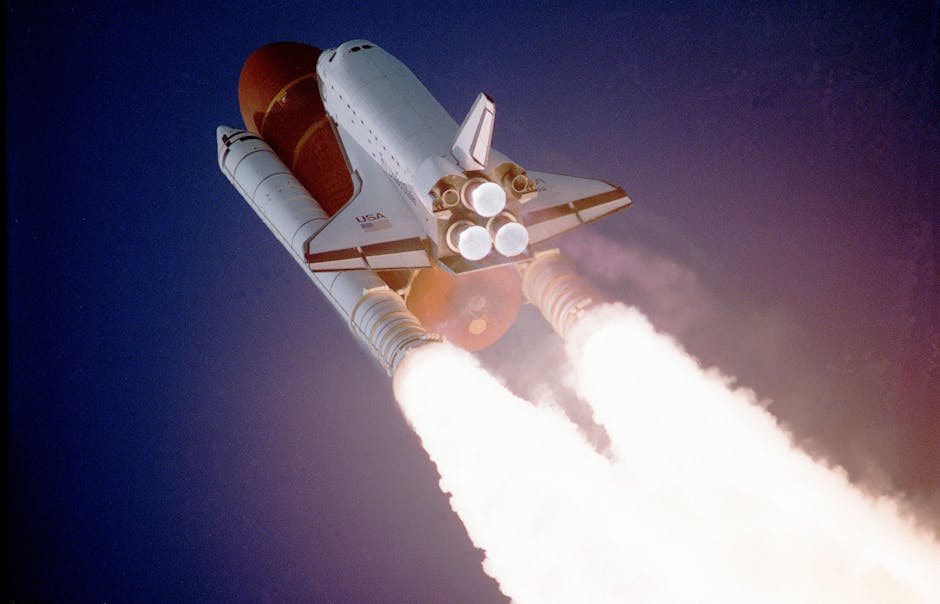Russia’s Mars Mission: A Leading Engineer’s Vision and Technological Advancements. We’ll explore the groundbreaking work of Dr. Natalya Cherkashina, whose advancements in radiation shielding are fundamentally reshaping the possibilities of space travel. Her research is not just incremental; it’s transformative, directly addressing the significant health risks associated with long-duration spaceflight. Therefore, the Mars Mission Russia is poised to make giant leaps forward thanks to her innovations. This isn’t just about getting to Mars; it’s about ensuring the safety and well-being of those who make the journey.
Table of Contents
Furthermore, Dr. Cherkashina’s work on advanced composites has profound implications for the economics of space exploration. By creating superior radiation shielding, she’s enabling the use of standard electronics, drastically reducing mission costs. Consequently, the Mars Mission Russia becomes significantly more feasible, opening doors for broader international collaboration and investment. In short, her innovations are not only scientifically groundbreaking but also economically transformative, paving the way for a more sustainable and accessible future for space exploration.
We also Published
The Dawn of a New Space Race: Radiation Shielding and the Martian Dream
The recent meeting between President Vladimir Putin and distinguished scientists, including Dr. Natalya Cherkashina, a leading engineer specializing in advanced radiation shielding composites, has ignited a renewed focus on humanity’s age-old dream of reaching Mars. Dr. Cherkashina’s groundbreaking work on radiation shielding materials represents a pivotal advancement in space exploration technology. Her research promises to significantly mitigate the health risks associated with prolonged exposure to cosmic radiation during deep-space missions, a challenge that has long hampered ambitious plans to send humans to Mars. This pivotal research, focused on creating robust and effective radiation shielding, directly addresses a critical obstacle to long-duration space travel, opening up new possibilities for both lunar and Martian exploration. The development of these advanced materials is not merely an incremental improvement; it is a paradigm shift, paving the way for more sustainable and cost-effective space missions. The implications extend far beyond Mars, impacting future lunar bases and deep-space probes.
The implications of Dr. Cherkashina’s work extend beyond mere technological advancement; they represent a strategic shift in the global space race. Russia, with its rich history in space exploration and its commitment to scientific innovation, is positioning itself as a frontrunner in the pursuit of Mars colonization. The development of superior radiation shielding not only enhances astronaut safety but also unlocks the potential for more affordable and efficient space missions. By reducing the reliance on expensive, specialized electronics, this innovation makes the dream of a manned Mars mission more economically viable, a crucial factor in securing long-term international support and investment in this ambitious endeavor. The potential for international collaboration in this field is immense, fostering a new era of scientific cooperation and shared progress in space exploration.
Engineering Marvels: Advanced Composites for Interplanetary Travel
Dr. Cherkashina’s focus on advanced radiation shielding composites represents a significant leap forward in materials science. These composites, unlike traditional shielding materials, offer superior protection against harmful cosmic rays and solar flares, significantly reducing the risk of radiation sickness and long-term health complications for astronauts. The development of these materials requires a deep understanding of both materials science and the unique challenges of the space environment. The selection of materials, their composition, and the manufacturing process are all crucial factors in determining the effectiveness of the shielding. The ongoing research and development in this field are continuously pushing the boundaries of what is possible, leading to lighter, more durable, and more effective shielding solutions. This is not just about protecting astronauts; it is about enabling longer missions, more complex experiments, and ultimately, the establishment of sustainable human presence on other celestial bodies.
The successful testing and validation of Dr. Cherkashina’s research by Russian cosmonauts is a testament to its effectiveness and potential. This independent verification underscores the significance of her contribution to the field of space exploration. The results confirm a substantial improvement in radiation protection, providing crucial data for future mission planning and design. This achievement is not merely a technological milestone; it is a beacon of hope, signaling a new era of safer and more sustainable space travel. The impact extends beyond the immediate application to manned missions, influencing the design of robotic probes, satellites, and other space-faring equipment. This innovation paves the way for more ambitious exploration of our solar system and beyond, opening up a new frontier for scientific discovery and human expansion.
Cost-Effective Solutions: Revolutionizing Space Exploration Economics
One of the most significant aspects of Dr. Cherkashina’s research is its potential to revolutionize the economics of space exploration. The use of advanced radiation shielding composites allows for the use of standard, off-the-shelf electronic components, eliminating the need for expensive, radiation-hardened alternatives. This cost reduction is a game-changer, making ambitious missions like a manned Mars expedition more financially feasible. The development of these cost-effective solutions is crucial for securing long-term funding and support for space exploration initiatives. By reducing the financial burden, this innovation opens up new avenues for international collaboration and shared resources, fostering a more inclusive and globally collaborative approach to space exploration. This collaborative approach is not only economically beneficial but also accelerates scientific progress and innovation.
The economic benefits of Dr. Cherkashina’s research extend beyond the immediate cost savings in mission hardware. The development and production of these advanced materials create new opportunities for technological advancement and economic growth within Russia and beyond. This fosters innovation and creates high-skilled jobs in related industries, contributing to a stronger national economy and a more robust scientific infrastructure. The long-term economic impact of this research is substantial, potentially transforming the landscape of the space industry and driving innovation in related fields. This ripple effect underscores the significance of investing in fundamental research and development, highlighting the potential for scientific breakthroughs to have a profound impact on both technological progress and economic prosperity.
A New Era of Space Exploration: The Human Frontier on Mars
Dr. Cherkashina’s work represents more than just a technological advancement; it is a crucial step towards realizing humanity’s long-held dream of establishing a human presence on Mars. The development of effective radiation shielding is a critical factor in making this ambitious goal a reality. By mitigating the risks associated with prolonged exposure to cosmic radiation, her research paves the way for longer, more sustainable missions, allowing for the establishment of permanent human settlements on the Red Planet. This is not merely a scientific endeavor; it is a testament to human ingenuity, resilience, and our unwavering pursuit of knowledge and exploration. The journey to Mars is a journey into the unknown, and Dr. Cherkashina’s contributions are instrumental in making this journey safer, more efficient, and ultimately, successful.
The implications of a successful manned Mars mission are far-reaching, extending beyond scientific discovery and technological advancement. Such an achievement would inspire future generations, fostering a renewed sense of wonder and exploration. It would represent a significant milestone in human history, a testament to our capacity for innovation and our relentless pursuit of knowledge. The establishment of a human presence on Mars would open up new frontiers for scientific research, allowing us to study the planet’s geology, climate, and potential for past or present life. This endeavor would not only expand our understanding of the universe but also inspire further exploration and the development of new technologies, shaping the future of humanity for generations to come. The potential for discovery and the advancement of human civilization are limitless.
We also Published
RESOURCES
- Russia’s Advanced Propulsion System
- Russia’s Unmanned Exploration of Mars
- Russia’s Human Missions to Mars: A Look into the Future
- A Look Back at Russia’s Mars 3 Mission
- Russia’s Mars Exploration Program
- Could a Plasma Engine Enable Faster Mars Travel?
- Space Race Update: NASA and Russia’s Plans
- New Propulsion Technology and its Implications for Mars Travel







0 Comments